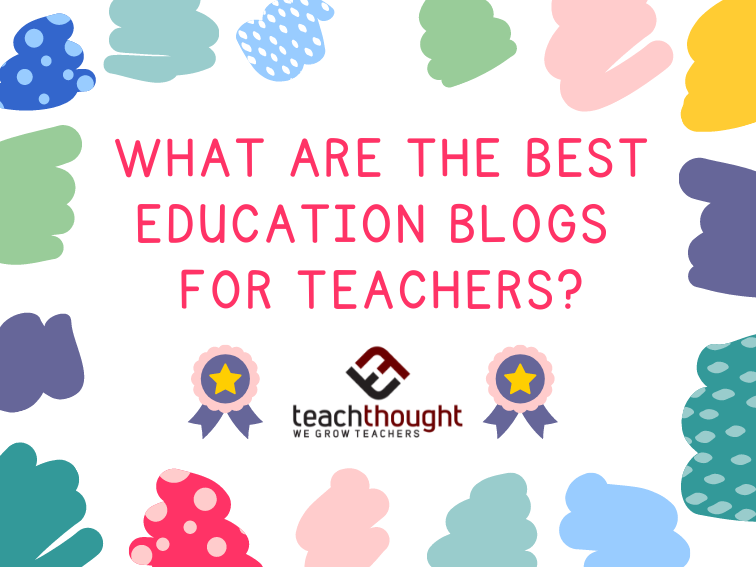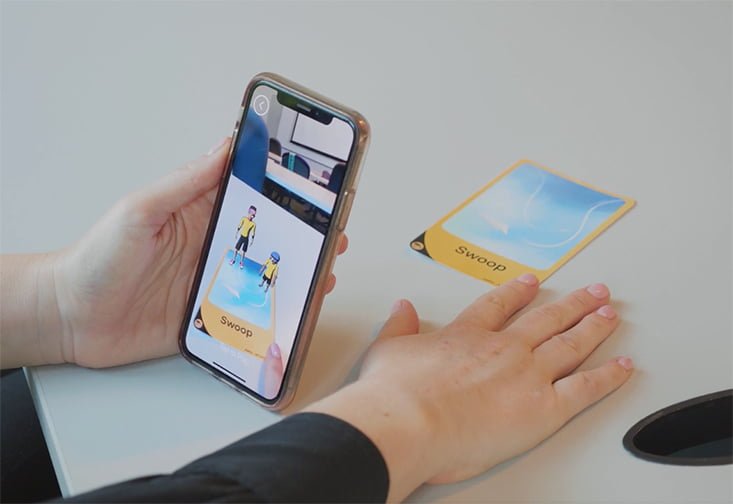CHICAGO — The sixth graders at Newton Bateman, a public elementary school here with a classic red brick facade, know the Google drill.
In a social-science class last year, the students each grabbed a Google-powered laptop. They opened Google Classroom, an app where teachers make assignments. Then they clicked on Google Docs, a writing program, and began composing essays.
Looking up from her laptop, Masuma Khan, then 11 years old, said her essay explored how schooling in ancient Athens differed from her own. “Back then, they had wooden tablets and they had to take all of their notes on it,” she said. “Nowadays, we can just do it in Google Docs.”
Chicago Public Schools, the third-largest school district in the United States, with about 381,000 students, is at the forefront of a profound shift in American education: the Googlification of the classroom.
Continue reading the main story
Continue reading the main story
In the space of just five years, Google has helped upend the sales methods companies use to place their products in classrooms. It has enlisted teachers and administrators to promote Google’s products to other schools. It has directly reached out to educators to test its products — effectively bypassing senior district officials. And it has outmaneuvered Apple and Microsoft with a powerful combination of low-cost laptops, called Chromebooks, and free classroom apps.
Today, more than half the nation’s primary- and secondary-school students — more than 30 million children — use Google education apps like Gmail and Docs, the company said. And Chromebooks, Google-powered laptops that initially struggled to find a purpose, are now a powerhouse in America’s schools. Today they account for more than half the mobile devices shipped to schools.
“Between the fall of 2012 and now, Google went from an interesting possibility to the dominant way that schools around the country” teach students to find information, create documents and turn them in, said Hal Friedlander, former chief information officer for the New York City Department of Education, the nation’s largest school district. “Google established itself as a fact in schools.”

In doing so, Google is helping to drive a philosophical change in public education — prioritizing training children in skills like teamwork and problem-solving while de-emphasizing the teaching of traditional academic knowledge, like math formulas. It puts Google, and the tech economy, at the center of one of the great debates that has raged in American education for more than a century: whether the purpose of public schools is to turn out knowledgeable citizens or skilled workers.
The director of Google’s education apps group, Jonathan Rochelle, touched on that idea in a speech at an industry conference last year. Referring to his own children, he said: “I cannot answer for them what they are going to do with the quadratic equation. I don’t know why they are learning it.” He added, “And I don’t know why they can’t ask Google for the answer if the answer is right there.”
Schools may be giving Google more than they are getting: generations of future customers.
Google makes $30 per device by selling management services for the millions of Chromebooks that ship to schools. But by habituating students to its offerings at a young age, Google obtains something much more valuable.
[Source”cnbc”]














